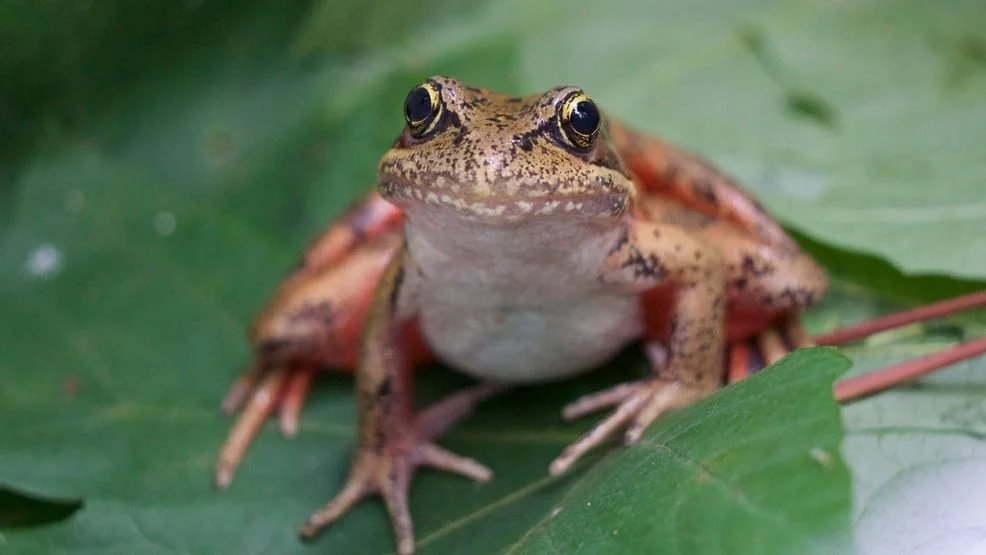
Wildlife-Vehicle Collisions in Oregon Prompt Urgent Conservation Efforts
PORTLAND, Ore. (KATU) — Wildlife-vehicle collisions (WVCs) in Oregon are becoming a significant concern, leading to alarming consequences for both animals and humans. With approximately 5,000 large animals such as elk, deer, bears, and antelope falling victim to these incidents annually, the urgency for conservation measures has never been greater.
However, the stark reality may be much grimmer, as researchers warn that the actual number of wildlife deaths is likely much higher. Many animals perish outside the highway right-of-way and are often omitted from conventional road survey data. Smaller species, including birds of prey, frogs, coyotes, and turtles, are also impacted, though their casualties remain largely unexamined.
WVCs threaten drivers as well, contributing to an average of one to two fatalities each year in Oregon due to dangerous encounters with wildlife. Moreover, the financial burden inflicted by these collisions amounts to tens of millions of dollars annually in damages to both private and public property. This not only emphasizes the need for immediate action but also highlights the interconnectedness of conservation and public safety.
In a bid to tackle this growing problem, the Oregon Wildlife Foundation has prioritized improving habitat connectivity for wildlife in its conservation efforts. Collaborating with the Oregon Department of Transportation (ODOT), the Oregon Department of Fish and Wildlife, and local partners, the foundation is spearheading various wildlife passage projects critical for ensuring safe animal crossings.
One notable initiative is the I-84 NEOregon Wildlife Crossing Project, which aims to facilitate wildlife access across Interstate 84, a major obstruction to animal movement. This project involves conducting a wildlife crossing mitigation study to identify and prioritize crossing locations, followed by the design and construction of new passage structures.
Another crucial project is the Harborton Frog Crossing Project, targeted at providing Northern red-legged frogs with safe passage across Highway 30 near Linnton. Currently, volunteers transport these frogs across the busy road, but for a reliable solution, a dedicated crossing structure is essential. Fundraising for the project's comprehensive design and engineering is currently in progress.
Additionally, deliberations are underway to reduce car-related fatalities of the Humboldt marten along Highway 101. With an estimated state population of just 71 individuals, the loss of even one marten carries significant consequences. Managed by the US Fish and Wildlife Service, this project seeks to retrofit existing highway infrastructures and create new structures in areas where martens are frequently sighted.
Efforts like these illustrate the fundamental need for community support and funding, exemplified by the Watch for Wildlife fund, which relies on donations to facilitate these vital projects. The ongoing challenges of WVCs remind us all of the need to tread lightly in our environment.
As we move forward, we must ask ourselves: What more can be done to mitigate these tragic incidents? How can we further support wildlife conservation while ensuring human safety on our roads? We encourage you to share your thoughts and contribute to the conversation about protecting Oregon's diverse wildlife.